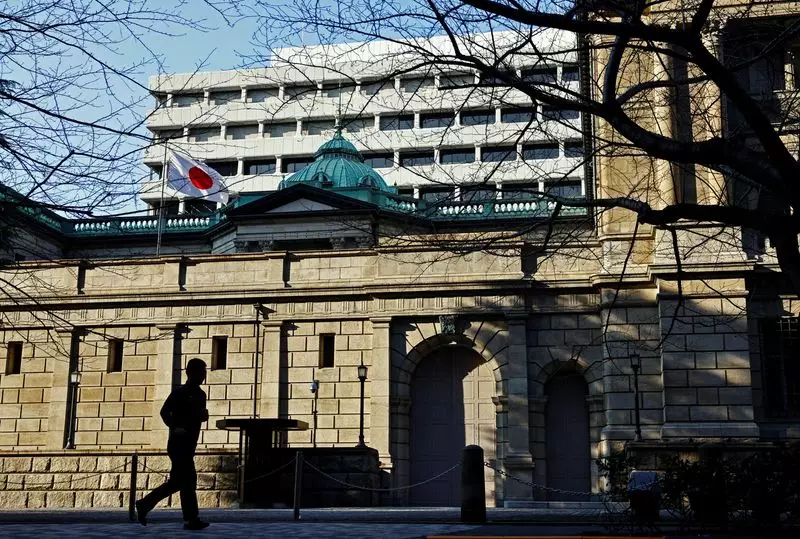In a significant move, the Bank of Japan (BOJ) is poised to elevate interest rates, marking an important turning point since the tumultuous landscape following the 2008 global financial crisis. Observers are closely monitoring the central bank’s actions, especially as a broad rally in stock markets offers a semblance of stability amid concerns surrounding international trade tensions, notably those posed by the U.S. administration’s tariff threats. This potential upturn in Japan’s interest rates reflects a broader global trend as economies respond to inflationary pressures and the evolving geopolitical climate.
The BOJ’s expected decision to nudge short-term interest rates from 0.25% to 0.5% signifies a strategic alignment with ongoing economic recovery efforts. This marks the highest rate Japan has witnessed in nearly two decades. Analysts view this movement not merely as an attempt to correct previous extremes of monetary policy but as a necessary recalibration aimed at fostering a more resilient economy. The focus of this rate adjustment is not solely a reaction to inflationary signals; it embodies a robust commitment to achieving a sustainable balance in economic growth, which is crucial to maintaining consumer confidence and market stability.
Market sentiment prior to this anticipated increase has been predominantly optimistic, with traders incorporating the likelihood of a rate hike into their strategies. The BOJ, under the leadership of Governor Kazuo Ueda, has astutely communicated its intentions, minimizing uncertainties that could destabilize financial markets. By preparing the ground for a rate increase, Ueda aims to avoid the shockwaves experienced after sudden changes in policy, such as those observed after previous hikes that unintentionally triggered market routs.
Recent data reflects a notable acceleration in Japan’s core consumer inflation, with figures reaching the highest point in over 16 months. Rising costs of essential goods, particularly in the fuel and food sectors, are exerting upward pressure on living expenses for households. This inflationary backdrop has instigated discussions about wage gains, which are crucial for maintaining demand in the economy. The consensus among economists is that continuing increases in wages are vital for sustaining the BOJ’s inflation targets, allowing Japanese firms to pass on elevated costs without dampening consumer spending.
Amid these dynamics, the BOJ is expected to revisit its growth and inflation forecasts, which are likely to reflect an ever-evolving economic landscape. The adaptability of the central bank to changing conditions is essential to navigating the complexities of global influences, especially regarding trade and economic policies emanating from the United States.
Looking forward, analysts project a cautious yet determined approach from the BOJ regarding future rate hikes. Following the initial adjustment to 0.5%, expectations are for incremental increases, potentially twice a year, depending on the interplay of domestic economic resilience and global economic trends, particularly U.S. growth and inflation metrics. The timing of these adjustments may also be nuanced by Japan’s political landscape, especially with the upcoming upper house election, which might influence the BOJ’s policy strategy.
As Ueda navigates this terrain, it is essential to acknowledge that the effectiveness of the BOJ’s adjustments hinges on creating well-defined pathways towards sustainable wage and price growth. The return towards a more normalized interest rate environment not only assists in curbing inflation but also establishes a conducive atmosphere for economic stability.
The BOJ stands at a crossroads where it must balance inflation management, economic growth, and sensitivity to external pressures. The upcoming rate hike signals not just a reaction to current economic conditions but also sets the tone for future monetary policy in Japan. As the central bank seeks to navigate the delicate dynamics of domestic and global influences, its actions will undoubtedly shape the trajectory of Japan’s economic landscape in the years to come. The journey ahead is fraught with challenges, but also presents opportunities for a sustainable and balanced economy.

